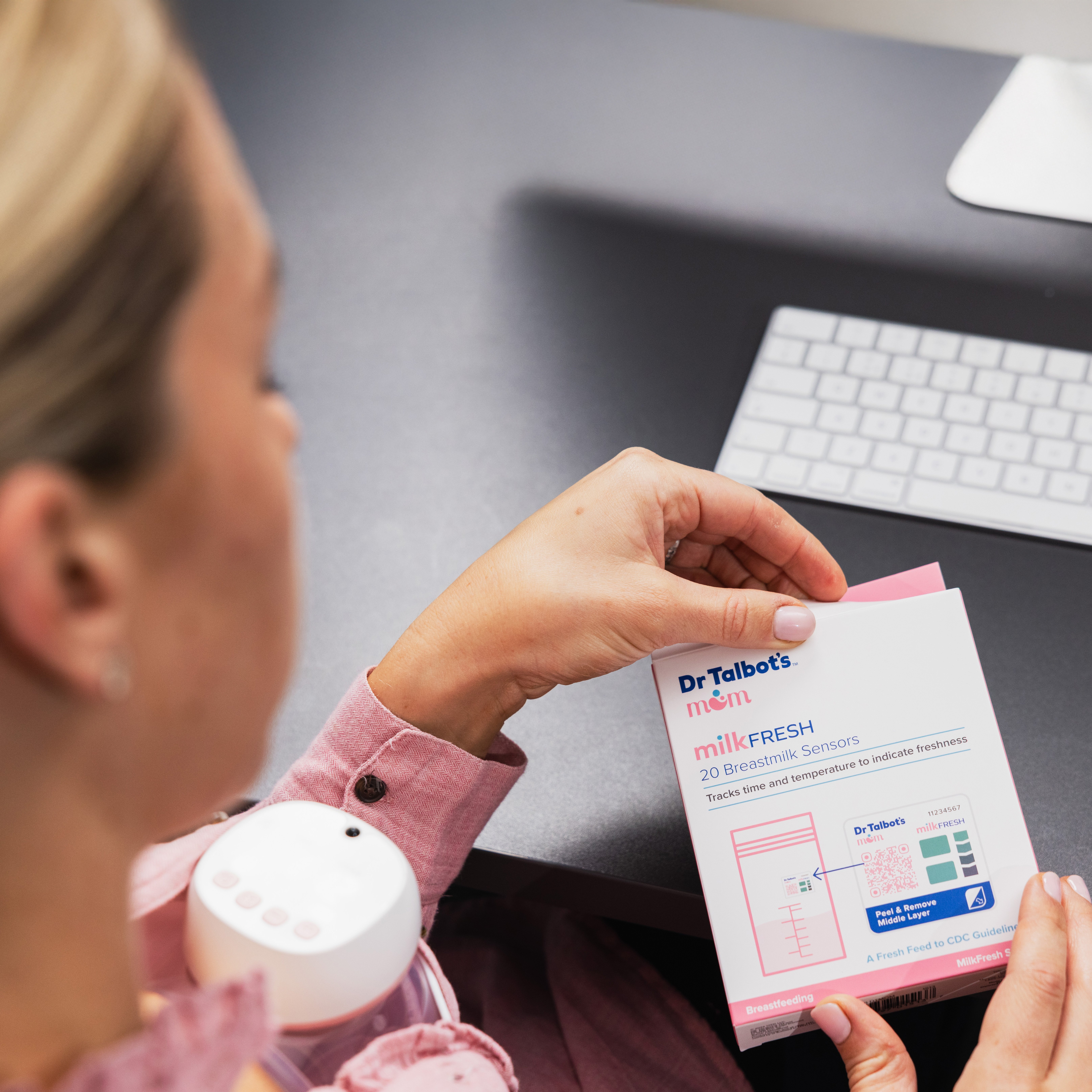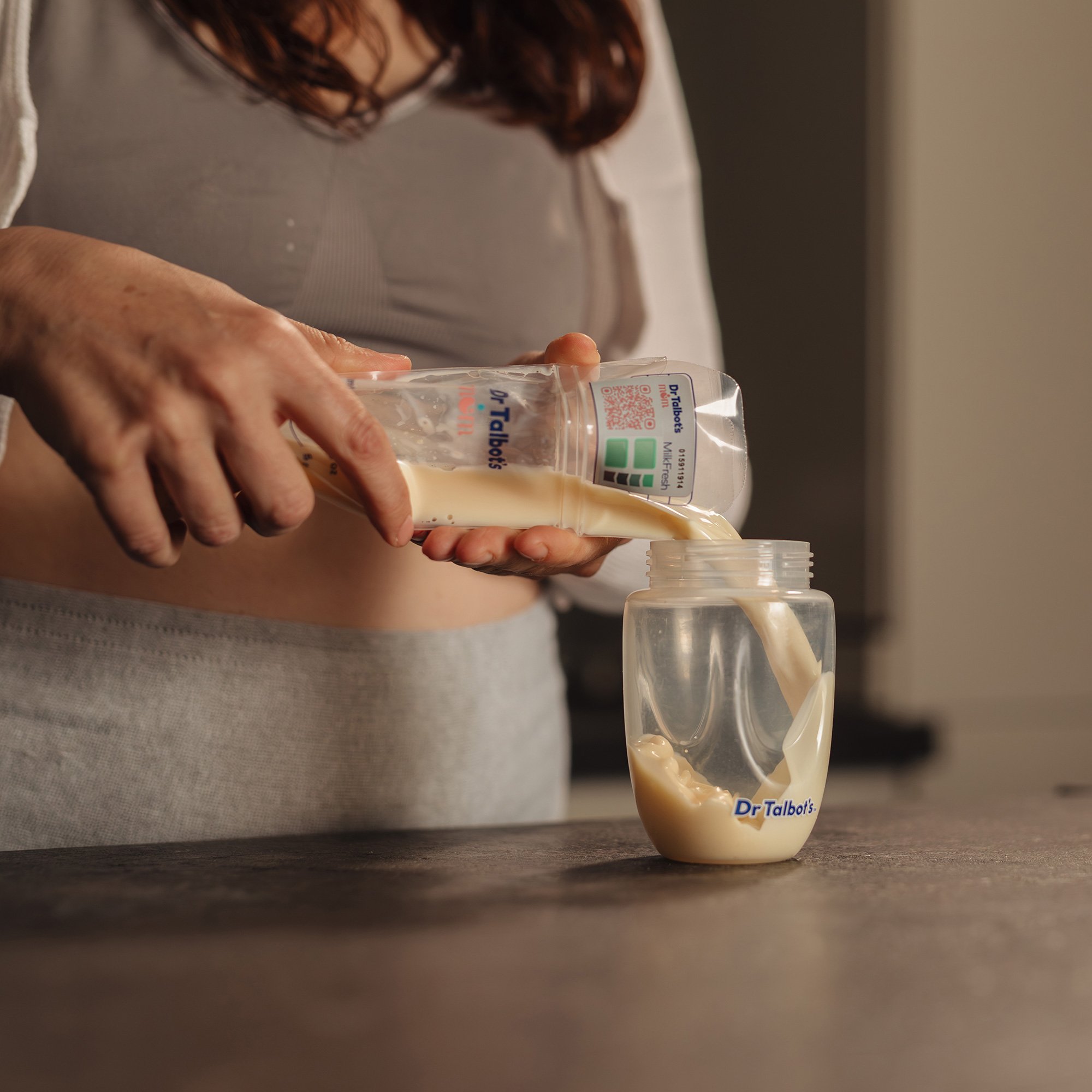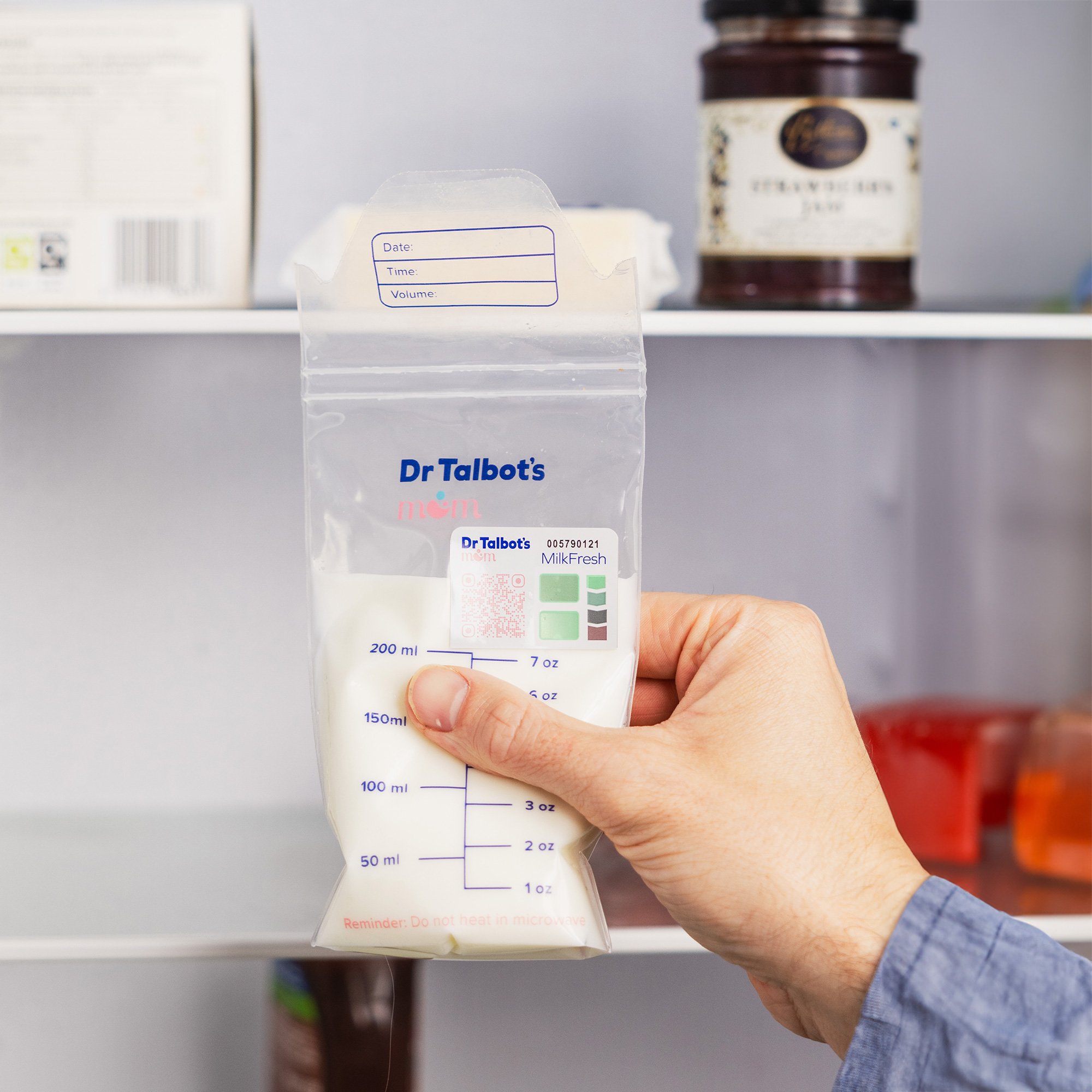When you pump breast milk, consistency is key. Even if you start working again, you need to pump at work to maintain your milk supply. Because pumping is quite time-consuming, it may be challenging to pump at work.
With a pumping schedule and the right preparation, pumping at work can be stress-free and efficient.

Why Pumping at Work is Important
Pumping at work is extremely important to keep feeding the baby breast milk. Since breast milk production operates on a demand-supply system, not pumping at work could decrease your milk supply. Regular pumping is, therefore, crucial to maintain your breastfeeding goals.
Breast milk pumped at work can be stored to provide your baby with breast milk when you’re not there to breastfeed.
Being proactive in managing pumping sessions at work helps ensure a steady milk supply, reduces stress, and maintains a better work-life balance, ultimately supporting your professional and breastfeeding goals.
Preparing for Pumping at Work
Before you return to work, make sure you are well prepared.
Know Your Rights
In the USA, the “PUMP Act” requires employers to provide break time for milk expression and a private place for breastfeeding mothers. Check the company policies and your state laws to learn more about your rights to pumping at work.
Assemble a Pumping Kit
Prepare a bag with all the necessities, such as a breast pump, milk containers or storage bags, cleaning wipes, a cooler, and an insulated bag for milk transport.
Create a Pumping Schedule
Pump at regular intervals so that your milk supply isn’t disturbed. Aim for 2 to 3 sessions per workday. Pump about every 3 to 4 hours.

Tips for Pumping at Work
Follow these tips for pumping while at work:
Find a Private Space
Pumping is a private matter, and because it’s important to be relaxed during it, make sure to find a comfortable private place. Ask HR if you have any dedicated pumping spaces in the company.
Set a Routine
Consistency is key when it comes to milk supply. Try to pump at the same time every day. Maintain a consistent schedule between pumping sessions
Dress Conveniently
Dress in nursing clothes, such as nursing bras and tops or button-downs.
Use these time-saving Tips for Pumping at Work
1. Invest in a hands-free pump. That way, you can multitask at work.
2. Involve pumping sessions in your work schedule.
3. Pump before work.
4. Prepare your pumping equipment in advance.
5. Save pump parts in a sealed bag in the refrigerator. That way, you avoid washing between pumping sessions.

Storing and Transporting Pumped Milk
After a pumping session, label the breast milk container or storage bag with the date and time of expression. We recommend applying a MilkFresh sensor to your milk bag, which saves you from having to manually note the date and time. Simply scan the QR code on MilkFresh sensor and the details will be logged and the freshness tracked.
Store the breast milk in a fridge or a cooler with ice packs during the day.
After returning home, store the expressed milk in the refrigerator or transfer it to the freezer immediately. If you have applied a MilkFresh sensor, remember to scan it again, as the heat during the journey could have impacted the milk’s freshness and shelf life.
Overcoming Challenges While Pumping at Work
While the biggest challenge pumping mothers at work most often face is time, some other challenges need overcoming.
Pumping breast milk is hard, and doing it at work may feel overwhelming. To overcome this, try to relax when pumping. Maybe listen to some music, read a book, or practice mindfulness.
To overcome milk supply issues, stay hydrated by always keeping some water by your side while you pump. Remember to eat nutritious snacks. If you pump at regular intervals, your milk supply should increase.
Pumping at work can also be awkward for some. By discussing your needs with your employer and co-workers, any awkwardness should diminish over time.
Tips for Successful Pumping Milk at Work
To avoid the consequences of forgetting, keep spare pumping equipment at work and pack an extra outfit in your bag in case of accidents.
Before the pumping session, prepare everything, like water or snacks, to avoid interruptions.
To avoid breast engorgement or decreased milk supply, pump regularly. Using a lactation massager can help reduce engorgement and blocked ducts, which can occur from irregular pumping or feeding.
Reduce stress when pumping by getting yourself comfortable and relaxed.
Balancing work-life and breastfeeding is anything but easy. Remember to stay kind to yourself and celebrate small wins. Some days, pumping sessions may be more efficient than others, but with consistency, success is guaranteed.
FAQs
How often should I pump breast milk at work?
Aim to pump at least 2 to 3 times per workday (every 3 to 4 hours).
What’s the best way to store breast milk at work?
Store it in a cooler with ice packs or a fridge if your workplace has one.
How can I save time while pumping at work?
By investing in a hands-free pump, you can save time by multitasking.
What should I do if my workplace doesn’t have a lactation room?
Talk to your employer to find a private, quiet, and empty room for you to use when pumping.
Can I pump and store breast milk discreetly while traveling for work?
To ensure discretion when traveling and pumping, you may need to wait until you reach a convenient location. Breast milk can stay fresh in a cooler with ice packs for up to 24 hours. Remember to apply a MilkFresh sensor to your milk bag or container to know how long the milk will last if exposed to various temperatures. Transport milk to the fridge when you arrive at your location.
Conclusion
Pumping at work will be a lot easier if you come well-prepared. Keep your pumping equipment clean and ready to use. Be sure to include breastfeeding in your work schedule.
Talk to your employer about using a private room to pump if your company doesn’t have a designated lactation space. Be transparent about your needs.
If you stay consistent and committed to your pumping, breastfeeding goals will be achieved more quickly. Make sure to prioritize your needs and familiarize yourself with your legal rights regarding pumping at work.